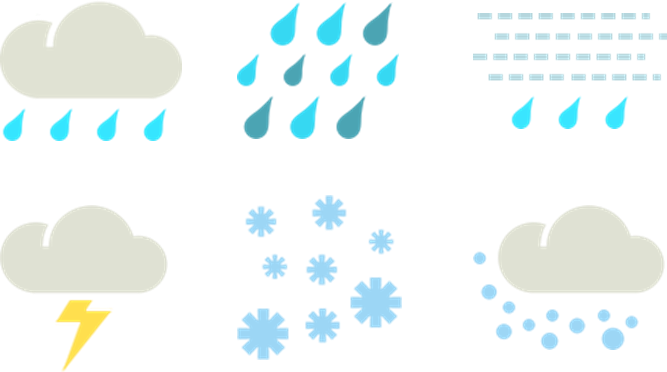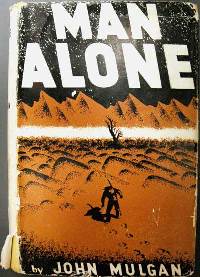Blogs
Warnings, Watches and Outlooks
Sitting out in the middle of the ocean, New Zealand is vulnerable to extremes of weather from all directions; from the remains of tropical systems barrelling in from the north, to cold winter southerlies bringing a blanket of snow.
As New Zealand’s designated national meteorological service to the World Meteorological Organisation (WMO), it is MetService's responsibility to provide clear, concise and timely warnings of severe weather that is likely to affect New Zealand.
What defines severe?
The Weather at Passchendaele
We remember our war dead on Anzac Day, 25th April, the anniversary of the landings at Gallipoli in World War I. But our heaviest losses in that war occurred on the Western Front. Our worst day was 12 October 1917 – the First Battle of Passchendaele. New Zealand lost 1,000 soldiers in two hours because the high command ignored the effect of heavy rain on the battlefield. The Ypres Salient, in Belgium, where the campaign took place was low lying. Prior to the war the water table was 35 centimetres below the surface.
Maths, Physics and Meteorology
When recruiting and training people to become meteorologists, MetService requires that trainees hold a university science degree in maths and physics. Why maths and physics? First and foremost, meteorology is a science, and we need people in our National Forecast Centre who are capable of applying the scientific thinking that they’ve developed at university to understand the state of the atmosphere. Let’s look at specific examples of why maths and physics are important to meteorology.
The physics of fog
Hiding in the Rain
The Shortest Day
June 21st is the Northern Solstice and marks the shortest day here in the Southern Hemisphere. On the 21st the sunrise is around 7:48am and sunset 5:00pm in Wellington, giving just over 9 hours of potential sunshine for the capital. The timing of sunrise and sunset varies from location to location, sunrise in Gisborne being almost an hour earlier than in Invercargill. You can find the sunrise and sunset times on the forecast pages at www.metservice.com, just underneath the towns and cities forecasts.
Napoleon’s Winter
What would New Zealand’s history be like without the First and Second World Wars? Blame the terrible Russian winter and Napoleon’s folly according to historian Adam Zamoyski in his riveting book 1812 Napoleon’s Fatal March on Moscow. The losses suffered in the invasion, particularly to his cavalry, ensured Napoleon’s downfall the following summer. That led to an aggressive Germany unified under a militaristic Prussia while in Russia, the Tsar came to believe he was God’s instrument on Earth.
A Look Back at Summer
The story of summer 2012/13 was rain, or rather the lack of it. Drought was declared for the North of the country on the 27th February, shortly followed by the rest of the North Island and parts of the South Island. The prolonged dry spell was due to presence of large lingering areas of high pressure that dominated the weather across New Zealand. These areas of high pressure acted as blocks, sitting over the country while areas of low pressure, and their associated rainfall, skirted either side of the country.
MetService Satellite Dish Installation.
A satellite receiver ("dish"), for improved reception of data from polar-orbiting weather satellites, was installed at MetService Head Office in Kelburn in February 2013.
Benefits
Polar-orbiting weather satellites yield rich information about the atmosphere, valuable for New Zealand weather forecasting. Benefits of faster access to more data, and sharper identification tools, include:
Why it Was So Dry in February 2013
During the summer of 2012-2013, anticyclones dominated the New Zealand area. Many places had little or no rainfall since early February.
The map below shows the average mean sea level pressure over the New Zealand area over Jan/Feb 2013. There's no doubt about the pressure being high and not changing very much. Because this map shows averaged pressures, we don't see the few troughs that passed across Aotearoa New Zealand during that time.

